info@chinaadventure.org
86-18008011324
Search
Han Nationality is the main ethnic group in China. It is the descendant of the Yellow Emperor and the Yan Emperor in ancient times. "Han" originally refers to Tianhe, the Milky Way of the universe. Han people were named after the Han Dynasty in China. Before the Han Dynasty, they were called "Hua Xia" or "Zhu Xia". In politics, military, philosophy, literature, history, art and many other fields, as well as in the field of natural science, Han Nationality has created many brilliant achievements.
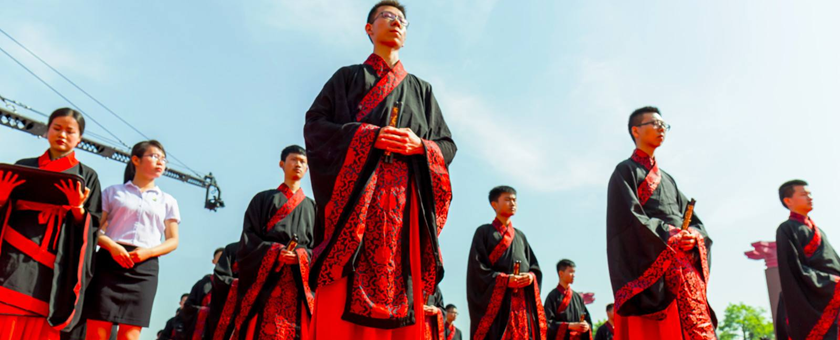
History of Han Nationality
The history of Han People is closely related to China. Han People trace their ancestry back to the Chinese, who lived in Northern China along the Yellow River. The first Dynasty recorded in Chinese historical records was the Xia Dynasty, a legendary period for which there is no archaeological evidence. They were overthrown by the people of the east, who founded the Shang Dynasty (1600-1046 BC). The earliest archaeological history of Chinese writing can be traced back to this period, originating from characters carved on Oracle Bone Scripts, but developed oracle bone scripts suggest the origins of Chinese writing are much earlier.
During the Shang Dynasty, the people of the Wu Region of the Yangtze River Delta were considered to be a different tribe and were described as well dressed. Later, Taibo, the uncle of King Wen of Zhou, realized that his brother Jili was smarter than him and should succeed to the throne, and fled to Wu Dynasty to settle down. Three generations later, King Wu of Zhou Dynasty defeated the last King of Yin and annexed the descendants of Taibo, which reflects the history of Nanyue, a Chinese king and his soldiers who ruled the local Non-Han People and mixed with the Southern Han. Local people who have been Sinicized over time. By the Tang Dynasty, however, the area had become part of the Han heartland. The Shang Dynasty was eventually overthrown by the Zhou People, who rose along the Yellow River in the Second Century BC.
In the Zhou Dynasty, it was a successor to Shang. They Shared language and culture with the merchants, and their business expanded to most of the area north of the Yangtze River. Through conquest and colonization, most of the region was influenced by Sinicization, and the primitive Han people culture extended southward. However, the king's power was dispersed and many independent states emerged. Traditionally, this period is divided into two parts, the Spring and Autumn Period and the Warring States Period. This period was an important period of cultural and philosophical development, known as the centennial school of thought. The most important surviving philosophies of our time are the teachings of Confucianism and Taoism.
In the 19th Century, Chinese immigrants flocked to other parts of the world, including southeast Asia, Australia and North America.
Chinese emigration also continued into the 20th and 21st centuries. Hong Kong's return to Chinese rule in 1997 sparked a wave of Chinese emigration to North America, Australia and elsewhere. Chinese institutions have also been established in Europe and Russia, especially in the Russian far east.

Distribution of Han Nationality
Han Nationality is also a nation with a long history and the largest population in the world. Han Chinese makes up 93% of the total population. According to the 1995 sample survey of 1% of China's population, there were 1.09932 billion Han people. Han people are found in all parts of the country, but mainly in the middle and lower reaches of the Yellow River, Yangtze River, Pearl River and the Northeast Plain. By 2009, the Han Chinese population was about 1.3 billion, accounting for about 19 percent of the world's total population and distributed all over the world. In mainland China, Han Chinese make up 92% of the population. In Taiwan, the Han Nationality accounts for 98% of the population. In Hong Kong and Macao, the Han Nationality accounts for 95% and 97% of the population respectively. In addition to mainland China, the Han Nationality is also widely distributed in Southeast Asia, North America and Western Europe.

Chinese Language and Character
Han People have their own spoken and written languages, namely Chinese.
Chinese is spoken throughout China and is the working language of the United Nations. Besides Han Nationality, Hui Nationality and Manchu Nationality also use Chinese.
There are eight major dialect groups in China: Mandarin, Cantonese, Wu, Northern Fujian, Southern Fujian, Hunan, Gan, Hakka and many sub-dialects.
The language spoken in Beijing is usually called Mandarin or “Putonghua”. Mandarin, which means "common language," is the country's main language and is widely spoken by more than 70 percent of the population.
Mandarin is called "Chinese". About two-thirds of Han People speak mandarin as their native language, while Han People from southwest and southeast China often speak Mandarin as well as their own dialects, such as Shanghainese and Cantonese.
Chinese is written in two forms by the Han people - the traditional Chinese characters and simplified Chinese characters. The latter is derived from the former and is now used by most Han people.
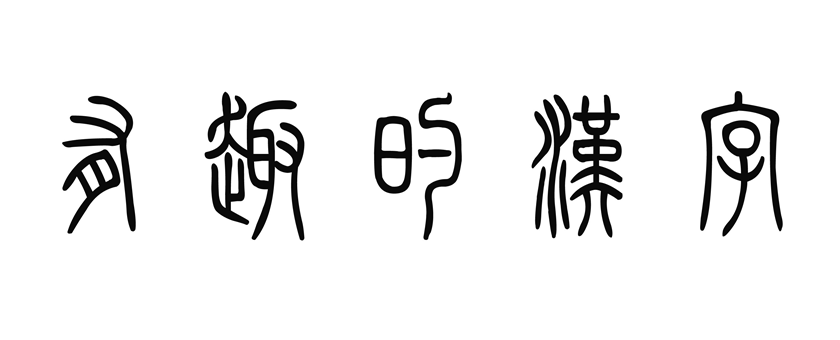
Religion:
Confucianism, Taoism and Buddhism are the main religions. Due to the influence of western culture, many people also belong to different Christian Denominations.

Diet
Han people take grain as their staple food, a variety of meat and vegetables as supplementary food. It is very different from Tibetan, Mongolian and western diet. In addition, the Han people gradually formed the eating habit of three meals a day. Each meal has a different staple, dish and drink. The composition of three meals in different regions has the same characteristics, but it is still different because of the geographical location, economic development, living and production conditions. Han people are good at cooking. Through a variety of cooking methods and techniques, such as stir-frying, stewing, boiling, steaming, roasting, as well as cold and doused with sauces. Sichuan cuisine, Guangdong cuisine, Fujian cuisine, Anhui cuisine, Shandong cuisine, Hunan cuisine, Zhejiang cuisine, Jiangsu cuisine and other eight cuisines have formed different flavors.

House Style:
The styles and materials of Han people's houses vary from place to place in China. Most of the houses in north China are brick houses with courtyard houses. Beijing quadrangle dwellings is a representative. Houses in northeast China are almost the same style as those in north China except for the walls. Because it is very cold in northeast China, the walls are built thicker and stronger than elsewhere to keep warm. In southern China, however, the Han people built their houses mainly from wood. The Earth Building in Fujian and the pavilions in Suzhou have their own unique architectural styles. All Han houses are advised to be positioned in the north facing south for maximum sunshine.
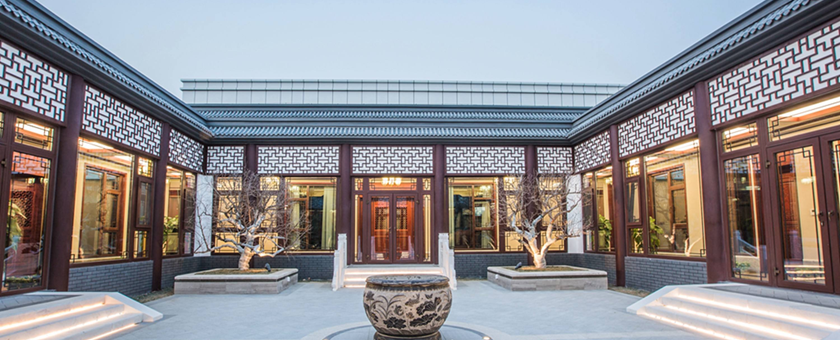
Hanfu
Hanfu is essentially wrapped around the body with the left side over the right, in a style known as rightward cross collared, which just looks like the letter 'y' when seen from the front. Only when dressing the dead for burial would it be reversed. But there are also other kinds of shape of colloars. For Hanfu, the patterns adopted from the Chinese symbols of etiquette are also important. They reflect the different social status of the bearer. Usually, embroidered objects depict the sun, the moon, elephants, tigers, dragons and birds.
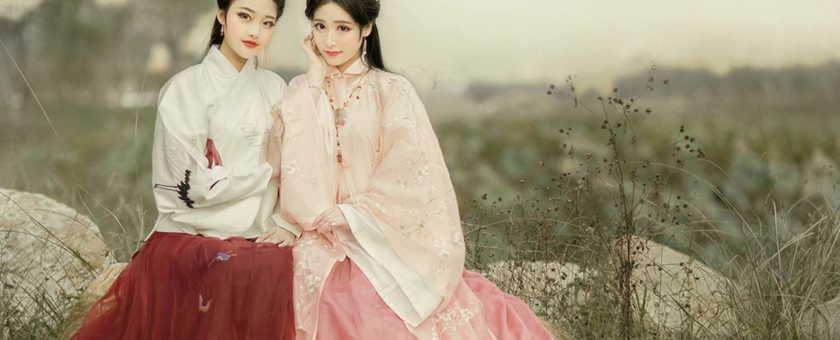
Festivals
Han People have many festivals, including the Spring Festival, the Lantern Festival, the Tomb-Sweeping Day, the Dragon Boat Festival, the Mid-Autumn Festival, the Double Ninth festival, the Laba Festival and the Winter Solstice Festival.
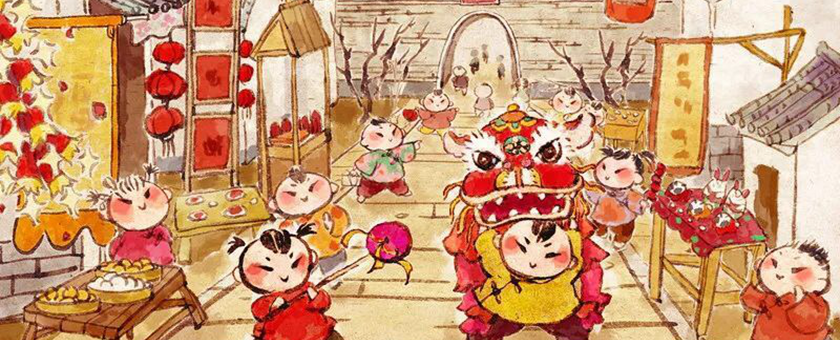
Education
Since the Han Dynasty began to respect Confucianism, China began more than 2,000 years of Confucian education. In the Sui Dynasty, Emperor Yang established the imperial examination system, and in the Song Dynasty, academies were established. The imperial examination system was abolished in the late Qing Dynasty.
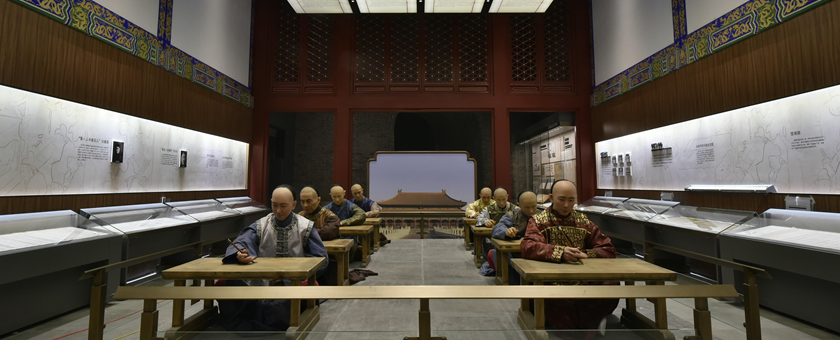
Military
In terms of ancient military theory, as early as the end of the Spring and Autumn Period, there was the military classic "The Art of War" published. In the early years of the western Han Dynasty, 182 military strategies were compiled, especially the seven books of the book of martial arts, which has been a must-read in martial arts since the Song Dynasty.

we’ll reply you in 24 hours!
Copyright © 2012-2024 All Rights Reserved to chinaadventure.org